- Health Risks of Pesticide Spray
- Environmental Impact of Pesticide Spray
- 1. Water Pollution
- 2. Soil Degradation
- 3. Effects on Non-Target Organisms
- 4. Air Pollution
- 5. Development of Pesticide Resistance
- Alternatives to Pesticide Spray
- 1. Biological Control
- 2. Crop Rotation
- 3. Integrated Pest Management
- 4. Mechanical Controls
- 5. Organic Farming
- 6. Habitat Manipulation
- Benefits of Using Pesticide Spray
- Safety Precautions when Spraying
- Integrated Pest Management Techniques
- 1. Biological Control
- 2. Crop Rotation
- 3. Habitat Manipulation
- 4. Cultural Control
- 5. Chemical Control
- 6. Monitoring and Scouting
- 7. Education and Outreach
- Understanding Pest Resistance
- Factors Contributing to Pest Resistance
- Implications of Pest Resistance
- Managing Pest Resistance
- Conclusion
- Regulations and Restrictions on Pesticide Use
- Registration and Licensing Requirements
- Labeling and Safety Precautions
- Restricted Use Pesticides
- Monitoring and Enforcement
- International Agreements and Harmonization
- Evolving Regulations
- Question-answer:
- What are the benefits of using sprays?
- What are the risks associated with using sprays?
- Are there alternative methods to sprays for pest control?
- Can sprays be harmful to beneficial insects?
- Do sprays have long-lasting effects?
- Are there any natural sprays available?
- Are there any restrictions on using sprays?
- Video: Steroid Nasal Spray। How to Use। Risks and Precautions
In the realm of pest control, the use of sprays is a popular method for eliminating unwanted insects and pests. However, the decision of whether to use sprays or not is a complex one that requires careful consideration of both the benefits and risks involved. On one hand, sprays can effectively eradicate pests, preventing damage to crops and reducing the spread of diseases. On the other hand, they can also have negative impacts on the environment, human health, and beneficial organisms.
One of the main benefits of using sprays for pest control is their effectiveness in eliminating pests. From mosquitoes and ants to roaches and bedbugs, sprays can quickly and efficiently kill a wide range of insects. This can be particularly useful in agricultural settings, where pests can cause significant damage to crops and result in economic losses. By using sprays, farmers can protect their harvest and ensure food security.
However, the use of sprays also poses risks that must be carefully considered. Many sprays contain harmful chemicals that can have detrimental effects on the environment. These chemicals can leach into the soil and water, contaminating natural ecosystems and endangering wildlife. Additionally, the inhalation or direct contact with these chemicals can pose health risks to humans, leading to respiratory problems, skin irritations, and other adverse effects.
Furthermore, the use of sprays can also harm beneficial organisms that play a crucial role in maintaining ecological balance. Bees, for example, are essential pollinators that contribute to the reproduction of plants and the production of food. Unfortunately, some sprays can be toxic to bees, leading to a decline in their population and potentially disrupting the overall ecosystem. Considering the interconnectedness of organisms in nature, the negative impacts of sprays on beneficial organisms should not be underestimated.
In conclusion, the decision of whether to use sprays for pest control involves weighing the benefits and risks. While sprays can effectively eliminate pests and protect crops, their negative impacts on the environment, human health, and beneficial organisms should not be ignored. As society becomes more aware of the need for sustainable and eco-friendly practices, it is essential to consider alternative methods of pest control that minimize harm to the environment and prioritize the long-term health and well-being of both humans and nature.
Health Risks of Pesticide Spray
- Pesticide exposure can have acute health effects which include irritation of the skin, eyes, and respiratory system. Symptoms may include coughing, sneezing, difficulty breathing, and skin rashes.
- Long-term exposure to pesticides has been linked to various chronic health conditions, such as cancer, neurological disorders, reproductive problems, and developmental issues in children.
- Pesticides can contaminate air, water, and soil, affecting not only the target pests but also non-target organisms, such as pollinators and other beneficial insects. This can disrupt ecosystems and cause harm to biodiversity.
- Children, pregnant women, and individuals with compromised immune systems are particularly vulnerable to the health risks associated with pesticide exposure. They may experience more severe symptoms and have a higher risk of long-term health effects.
It is important to note that the health risks of pesticide spray can vary depending on factors such as the type of pesticide used, the frequency and duration of exposure, and individual susceptibility. Proper safety precautions, such as wearing protective clothing and following label instructions, can help minimize the risks associated with pesticide use.
Environmental Impact of Pesticide Spray
While pesticide spray may be effective in controlling pests and increasing crop yields, it also has several negative impacts on the environment. These impacts can be classified into different categories, including:
1. Water Pollution
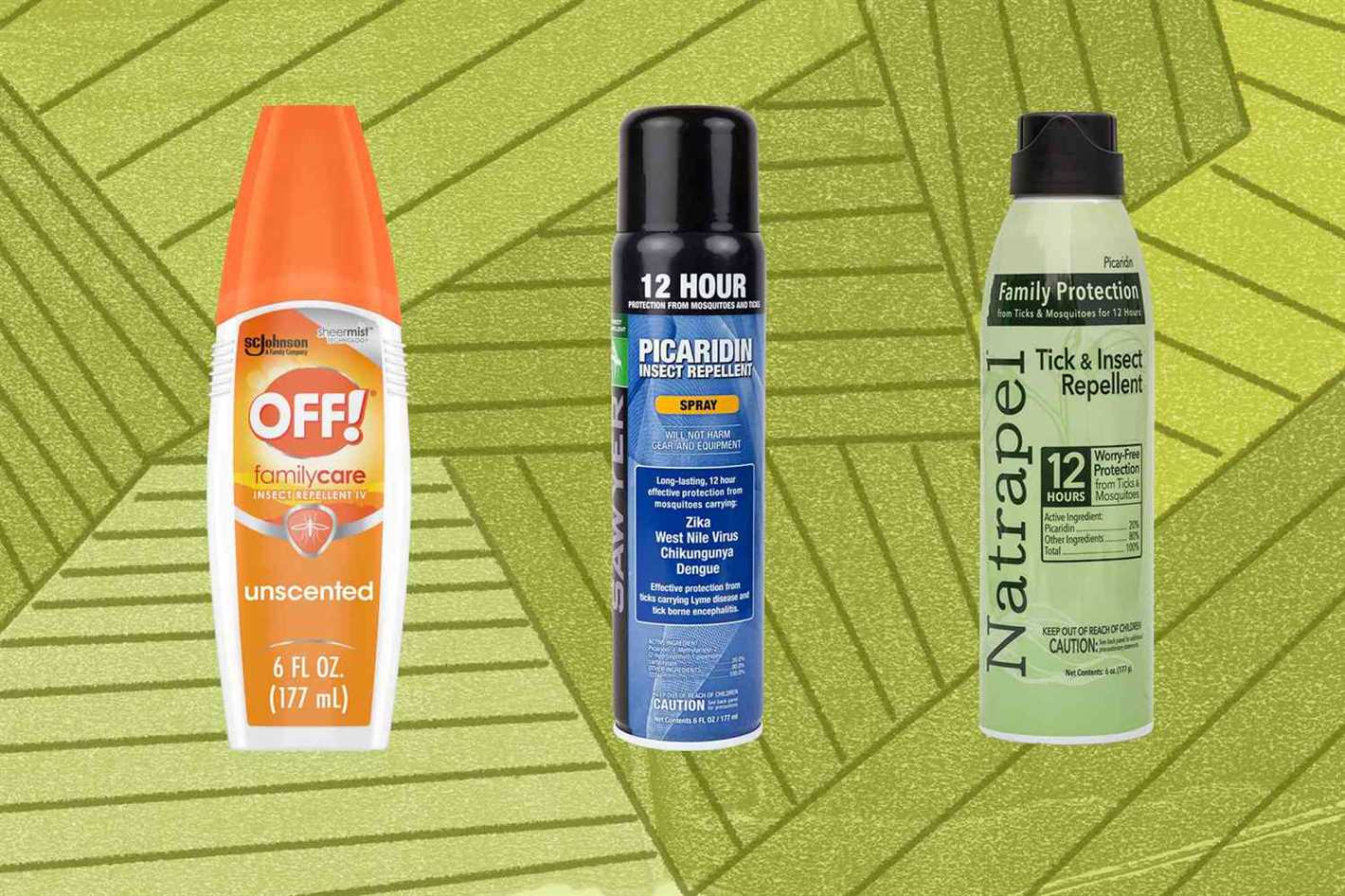
Pesticides can easily contaminate water sources, such as rivers, lakes, and groundwater. When sprayed, pesticides can run off into nearby bodies of water, leading to water pollution. This contamination can have detrimental effects on aquatic life, including fish, amphibians, and insects.
Furthermore, pesticide residues in water can result in the bioaccumulation of toxins in the food chain, potentially affecting humans who consume contaminated water or the aquatic creatures reliant upon it.
2. Soil Degradation
Pesticide spray can also contribute to soil degradation. Over time, repeated use of pesticides can deplete essential nutrients in the soil, disrupting the natural balance and affecting the long-term fertility of the soil. This impacts the growth of plants and can lead to reduced crop yields.
In addition, some pesticides can harm beneficial soil organisms, such as earthworms and microorganisms, which play crucial roles in maintaining soil health and fertility. Their depletion can further contribute to soil degradation and negatively impact overall ecosystem functioning.
3. Effects on Non-Target Organisms
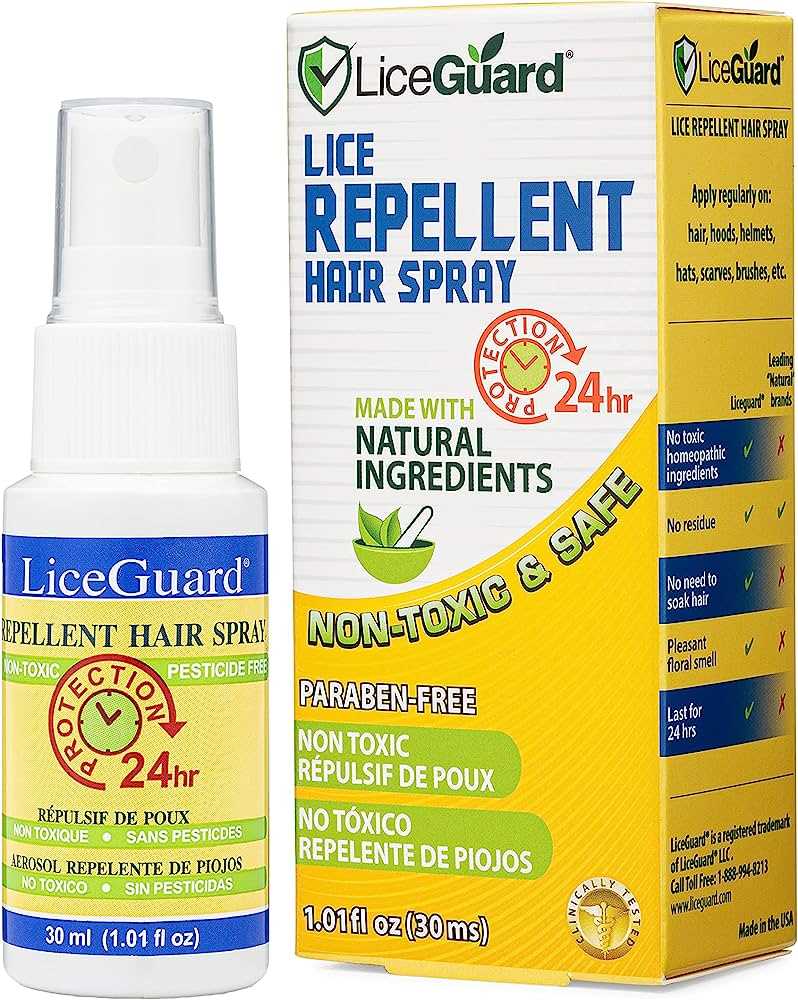
Insects, birds, and other animals that are not the intended target of pesticide spray can be unintentionally affected by the chemicals. These non-target organisms may be directly exposed to the spray or ingest contaminated food or water, resulting in illness, reproductive problems, or even death.
Moreover, pesticides can disrupt the natural balance of ecosystems by eliminating certain species or disrupting food chains. This can have cascading effects on the entire ecosystem, leading to imbalances and potential population declines of specific species.
4. Air Pollution
During application, pesticide spray can contribute to air pollution. The chemicals can volatilize and drift through the air, potentially affecting nearby communities and wildlife. Inhalation of pesticide particles can pose health risks to humans, including respiratory problems and allergic reactions.
Airborne pesticides can also settle onto vegetation, leading to unintentional exposure for herbivores and other animals that consume the contaminated plants.
5. Development of Pesticide Resistance
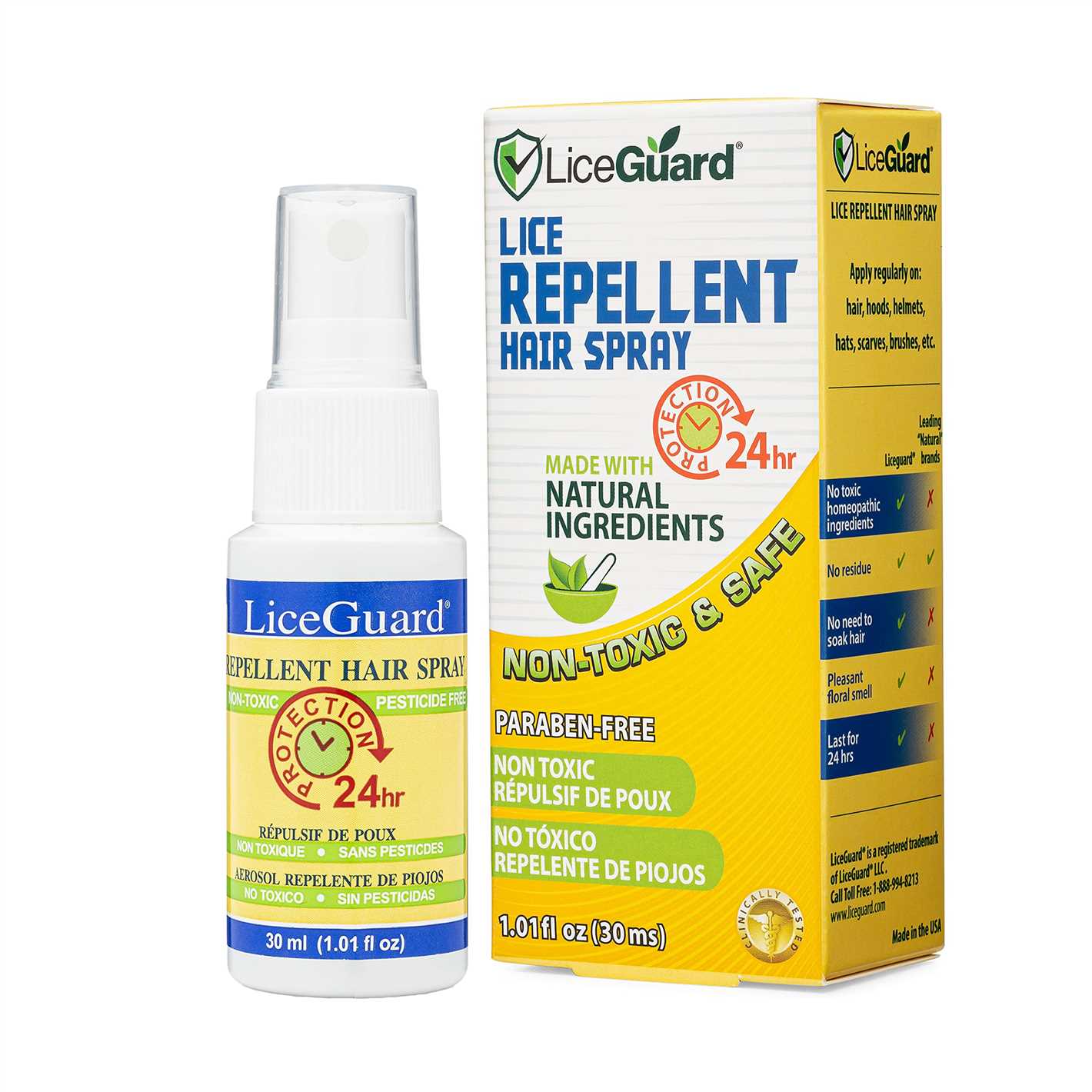
Continuous use of pesticide spray can lead to the development of resistance in pest populations. Some insects and pathogens can evolve to become less susceptible to the effects of pesticides. This necessitates higher doses of pesticides or the use of different chemicals, leading to increased chemical usage and potentially exacerbating the environmental impacts.
In conclusion, while pesticide spray can provide short-term benefits in pest control and increased crop production, it carries several negative environmental impacts. These include water pollution, soil degradation, harm to non-target organisms, air pollution, and the development of pesticide resistance. It is essential to carefully consider these impacts and explore alternative pest management strategies to reduce the overall environmental footprint of agriculture.
Alternatives to Pesticide Spray
While pesticide sprays can be effective at controlling pests, they also come with potential risks to human health and the environment. Fortunately, there are several alternatives to pesticide spray that can help manage pests without the need for chemical treatments. These alternatives are often more sustainable and environmentally friendly.
1. Biological Control
One alternative to pesticide spray is biological control, which involves using natural predators, parasites, or pathogens to control pest populations. This method can effectively control pests without causing harm to other organisms or the environment. For example, ladybugs can be introduced to a garden to control aphid populations, or certain nematodes can be used to target specific pest insects.
2. Crop Rotation
Crop rotation is another effective alternative to pesticide spray. By rotating crops, farmers can disrupt pest life cycles and reduce the risk of pest buildup. This method can help prevent the need for chemical treatments and promote a healthier ecosystem in the long term.
3. Integrated Pest Management

Integrated Pest Management (IPM) is an approach that combines different pest control methods to minimize pesticide use. It involves monitoring pest populations, setting action thresholds, and implementing a combination of cultural, biological, and mechanical controls. IPM aims to control pests efficiently while minimizing risks to human and environmental health.
4. Mechanical Controls
Mechanical controls involve physically removing pests or using barriers to prevent their entry. This can include handpicking pests, using traps or nets, or installing screens. Mechanical controls can be labor-intensive but are an effective and non-toxic alternative to chemical sprays.
5. Organic Farming
Organic farming practices prioritize the use of natural fertilizers, pest control methods, and crop rotation to promote sustainable agriculture. By avoiding synthetic pesticides, organic farmers reduce the risks associated with pesticide spray while still effectively managing pests.
6. Habitat Manipulation
Habitat manipulation involves modifying the environment to make it less favorable for pests. This can include removing pest habitats or planting companion plants that attract beneficial insects. By promoting a balanced ecosystem, habitat manipulation can help naturally manage pests and reduce the need for chemical sprays.
While pesticide sprays may offer quick and easy pest control solutions, it is important to consider the potential risks they pose. By exploring alternative methods, we can manage pests sustainably and protect the health of both humans and the environment.
Benefits of Using Pesticide Spray
Using pesticide spray can have several benefits when it comes to managing pests in agriculture and controlling the spread of diseases. While there are risks associated with pesticide use, when used appropriately and following safety guidelines, the benefits can outweigh the potential harm. Here are some of the benefits of using pesticide spray:
Efficiency: Pesticide sprays can be applied easily and quickly, covering large areas in a short amount of time. This makes them an efficient tool for pest control, especially in large-scale agricultural operations.
Pest control: Pesticides can effectively control and eliminate pests that pose a threat to crops, livestock, and human health. They can target specific pests without harming beneficial insects or animals.
Crop protection: Pesticide sprays can protect crops from diseases, pests, and weeds, leading to increased agricultural productivity. This can help ensure a steady food supply and reduce crop losses due to pest infestation.
Cost-effectiveness: Using pesticide sprays can be cost-effective compared to other pest control methods. They often require less labor and can provide immediate results, reducing the need for additional treatments or interventions.
Convenience: Pesticide sprays offer convenience in terms of application and storage. They are available in ready-to-use formulations and can be easily stored and transported. This makes them accessible to farmers and pest control professionals.
While the benefits of using pesticide spray are significant, it is important to remember that their usage should be well-regulated and monitored to minimize risks to human health and the environment. Strict adherence to safety guidelines, proper training, and responsible use can help maximize the benefits while minimizing any potential harm.
Safety Precautions when Spraying
When using sprays, it is important to take appropriate safety precautions to protect yourself and those around you. Follow these guidelines to ensure your safety:
- Read and follow the instructions: Always read and understand the instructions provided by the manufacturer before using any spray product. Pay attention to any safety warnings or precautions mentioned.
- Wear protective clothing: When spraying, wear long sleeves, long pants, closed-toe shoes, and gloves to protect your skin from direct contact with the spray. Additionally, wear safety goggles or a face shield to shield your eyes from any potential splashes.
- Work in a well-ventilated area: Spraying should always be done in a well-ventilated area to minimize inhalation of fumes or vapors. If spraying indoors, open windows and doors or use fans to increase air circulation.
- Avoid spraying in windy conditions: Wind can carry spray particles beyond the intended target, increasing the risk of exposure to yourself, others, or the environment. Choose a calm day or time when there is minimal wind for spray application.
- Keep children and pets away: Ensure that children and pets are kept away from the area being sprayed and any freshly sprayed surfaces until the product has dried completely. This will prevent accidental ingestion or contact.
- Store and dispose of sprays properly: Store spray products in their original containers, tightly sealed, and out of reach of children. Follow the manufacturer’s instructions for proper disposal of empty spray containers or unused product.
- Clean up and wash: After spraying, clean up any spills or drips immediately. Wash your hands and any exposed skin thoroughly with soap and water after handling sprays. Launder or dispose of protective clothing appropriately to prevent contamination.
By following these safety precautions, you can minimize the risks associated with spray applications and ensure your safety as well as the safety of others.
Integrated Pest Management Techniques
Integrated Pest Management (IPM) is a sustainable and environmentally-friendly approach to managing pests in agriculture and other areas. Unlike traditional pest control methods that rely heavily on chemical pesticides, IPM focuses on preventing and reducing pest infestations through a combination of techniques. These techniques include:
1. Biological Control
Biological control involves using other organisms to control pest populations. This can include introducing natural predators, such as ladybugs, to eat aphids or releasing parasitoids that lay their eggs inside pest insects.
2. Crop Rotation
Crop rotation is the practice of alternating the type of crops grown in a field from season to season. This helps prevent the buildup of pests that are specific to certain crops, as well as soil diseases, by interrupting their life cycle.
3. Habitat Manipulation

Creating a diverse and balanced habitat can help control pest populations. For example, providing flowering plants can attract beneficial insects that prey on pests. Additionally, creating barriers, such as mulching or planting resistant varieties, can help reduce pest damage.
4. Cultural Control
Cultural control involves implementing practices that make the environment less favorable for pests. This can include removing crop residues after harvest, maintaining proper irrigation and drainage, and practicing good sanitation to prevent pest breeding.
5. Chemical Control
While chemical control should be used as a last resort, it can still be a part of an integrated pest management strategy. When necessary, selective and targeted pesticides can be used to control specific pests. However, it is important to use them judiciously and follow label instructions.
6. Monitoring and Scouting
Regularly monitoring and scouting for pests is a crucial component of IPM. By closely observing pest populations and their behavior, it is possible to detect early signs of infestations and take appropriate action before they become widespread.
7. Education and Outreach
Education and outreach programs are essential for promoting IPM practices. These programs help raise awareness about the benefits of IPM among farmers, gardeners, and the general public. They also provide information on how to implement and customize IPM techniques to specific situations.
In conclusion, integrated pest management techniques provide a more sustainable and effective approach to pest control. By combining various strategies and prioritizing prevention, IPM minimizes the use of harmful chemicals and promotes ecosystem health.
Understanding Pest Resistance
Pest resistance is a topic of concern in the field of agriculture and pest control. It refers to the ability of pests to develop resistance to pesticides and other control methods over time. Understanding how resistance develops is crucial for effective pest management strategies.
Factors Contributing to Pest Resistance
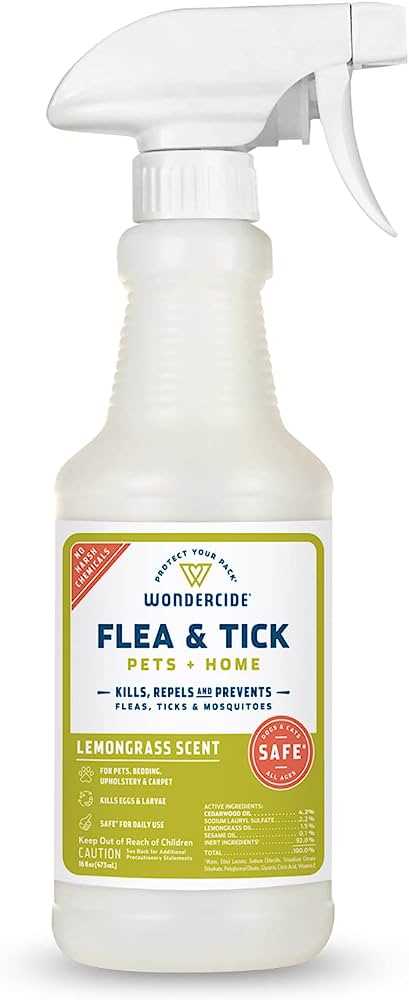
There are several factors that contribute to the development of pest resistance:
- Genetic Mutation: Pesticides target specific traits or metabolic pathways in pests. If a pest population has individuals with genetic mutations that make them less susceptible to the pesticide, those individuals have a higher chance of surviving and reproducing, passing on their resistant genes to future generations.
- Overuse of Pesticides: Excessive and repeated use of the same pesticide can select for resistant individuals within a pest population. The survivors reproduce, leading to an increase in the resistant population.
- Lack of Diversity: Monoculture practices, where large areas are planted with the same crop, can create a favorable environment for pests to thrive. Without natural predators or alternative food sources, pests have more opportunities to develop resistance.
- Ineffective Application: Improper application of pesticides, such as using lower doses or not following recommended application protocols, can reduce the effectiveness of control methods and contribute to the development of resistance.
Implications of Pest Resistance
Pest resistance can have significant consequences for agriculture and pest control efforts:
- Decreased Effectiveness: As pests become resistant to commonly used pesticides, the effectiveness of these control methods decreases. Farmers may need to use higher doses of pesticides or resort to alternative control measures, which can be more costly and less sustainable.
- Increased Costs: Developing new pesticides or alternative pest control methods can be costly and time-consuming. Additionally, ineffective control methods may result in crop losses and reduced yields, leading to financial losses for farmers.
- Environmental Impact: The use of pesticides can have negative effects on the environment, such as contamination of water sources and harm to non-target organisms. The overuse of pesticides due to resistance can exacerbate these environmental impacts.
- Human Health Concerns: Prolonged exposure to pesticides can pose health risks to farmers, farmworkers, and consumers. Resistance can lead to increased pesticide use, potentially increasing the risk of negative health effects.
Managing Pest Resistance
Managing pest resistance requires a multifaceted approach that incorporates various strategies:
- Integrated Pest Management (IPM): IPM combines different pest control methods, such as biological control, cultural practices, and judicious use of pesticides, to minimize pest populations while minimizing the development of resistance.
- Pesticide Rotation and Mixtures: Rotating different pesticides or using mixtures with different modes of action can help prevent the development of resistance. By employing different active ingredients, pests are less likely to develop a resistance to all the chemicals used.
- Monitoring and Early Detection: Regular monitoring of pest populations can help identify early signs of resistance. Prompt action can be taken to mitigate resistance development, such as adjusting pesticide application strategies or implementing alternative control methods.
- Education and Research: Providing farmers and pest control professionals with education and resources on best practices, pesticide resistance, and alternative pest control methods can help promote sustainable pest management practices.
Conclusion
Pest resistance is a complex issue that requires a comprehensive understanding of the factors contributing to its development and its implications for agriculture and pest control. By implementing integrated pest management strategies and promoting sustainable pest control practices, the risks associated with pest resistance can be minimized, contributing to more effective and sustainable pest management.
Regulations and Restrictions on Pesticide Use
Due to the potential risks associated with pesticide use, governments around the world have implemented regulations and restrictions to ensure the safe and responsible use of these chemicals. These regulations aim to protect human health, the environment, and non-target organisms from the harmful effects of pesticides.
Registration and Licensing Requirements
In many countries, including the United States, pesticide products must go through a rigorous registration process before they can be legally sold and used. This process involves evaluating the efficacy of the product, as well as its potential risks and hazards. Only pesticide products that meet certain criteria and have been proven to be safe and effective are granted registration.
Furthermore, individuals or businesses that apply pesticides professionally may be required to obtain a license or certification. These licenses typically require completing training programs and passing exams to demonstrate the knowledge and skills necessary for safe pesticide application.
Labeling and Safety Precautions
Pesticide containers are required to have labels that provide important information about the product, including its active ingredients, application rates, safety precautions, and any restrictions on its use. The labels also provide instructions on how to handle, store, and dispose of the pesticide, as well as guidance on first aid measures in case of exposure or poisoning.
Users are expected to follow these instructions and take appropriate safety precautions, such as wearing protective clothing and equipment, using proper application techniques, and avoiding contaminating water sources or non-target areas. Failure to comply with these label requirements and safety precautions may result in legal penalties.
Restricted Use Pesticides
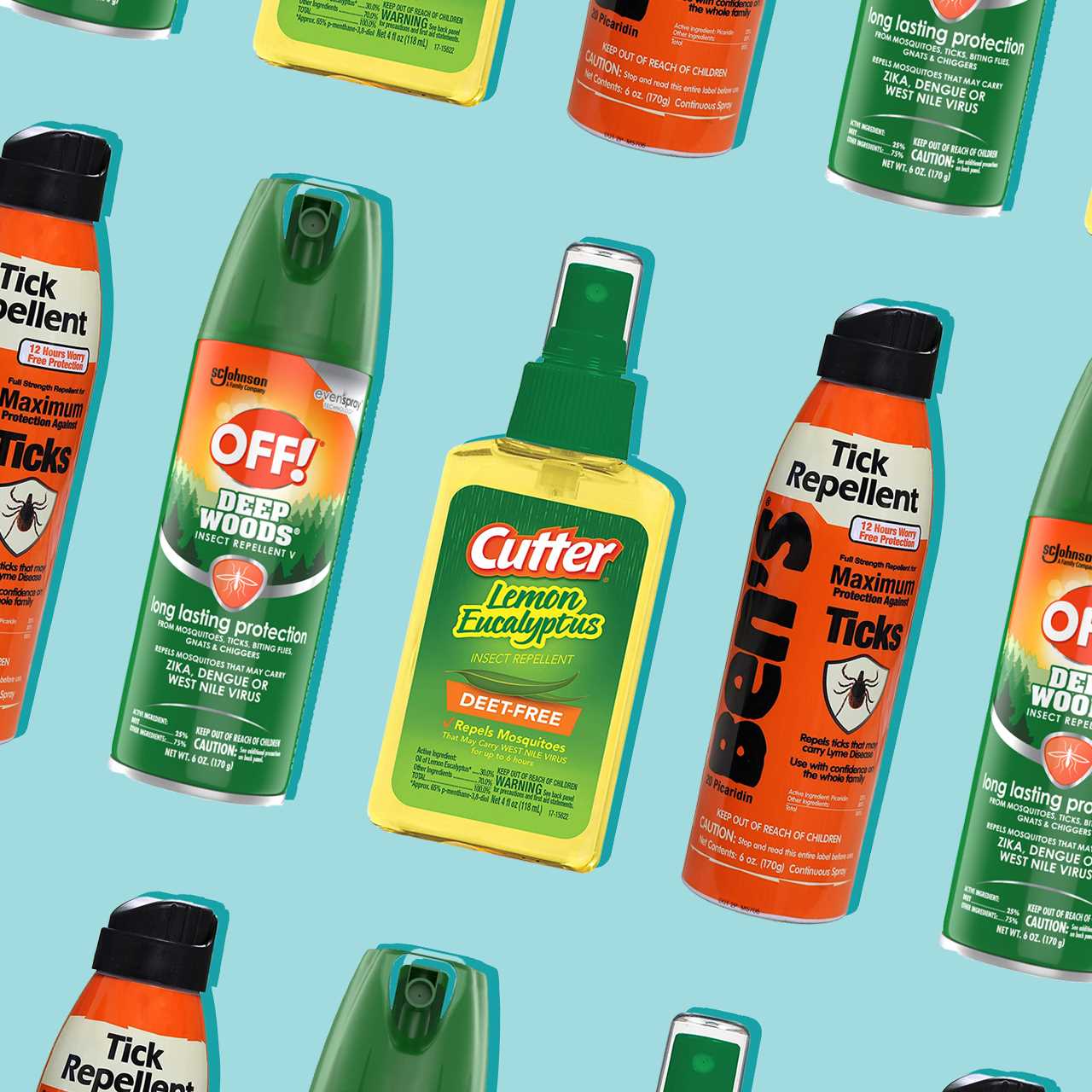
Some pesticides are considered highly hazardous or pose a significant risk to human health or the environment. These pesticides are classified as restricted use pesticides, and their sale and use are restricted to certified applicators who have undergone specialized training and are authorized to handle these chemicals.
Restricted use pesticides are often used for specific purposes, such as in agricultural settings or for controlling certain pests that require an expert to manage safely. By limiting access to these pesticides, regulators aim to minimize the potential risks associated with their use and ensure that only trained professionals handle them.
Monitoring and Enforcement
Regulatory agencies and authorities monitor pesticide use to ensure compliance with regulations and restrictions. They may conduct inspections, investigate complaints, and enforce penalties for violations. The severity of penalties can vary depending on the nature and extent of the violation, ranging from warnings and fines to suspension of licenses or legal action.
International Agreements and Harmonization
Some regulations on pesticide use are implemented at the international level through agreements and conventions. For example, the Stockholm Convention on Persistent Organic Pollutants aims to protect human health and the environment by eliminating or restricting the use of certain pesticides that are persistent, bioaccumulative, and toxic.
Efforts are also made to harmonize regulations between countries to facilitate trade and prevent the import of products that do not meet international safety standards. This involves establishing standards for acceptable pesticide residue levels in food and establishing mutual recognition of pesticide registration between countries.
Evolving Regulations
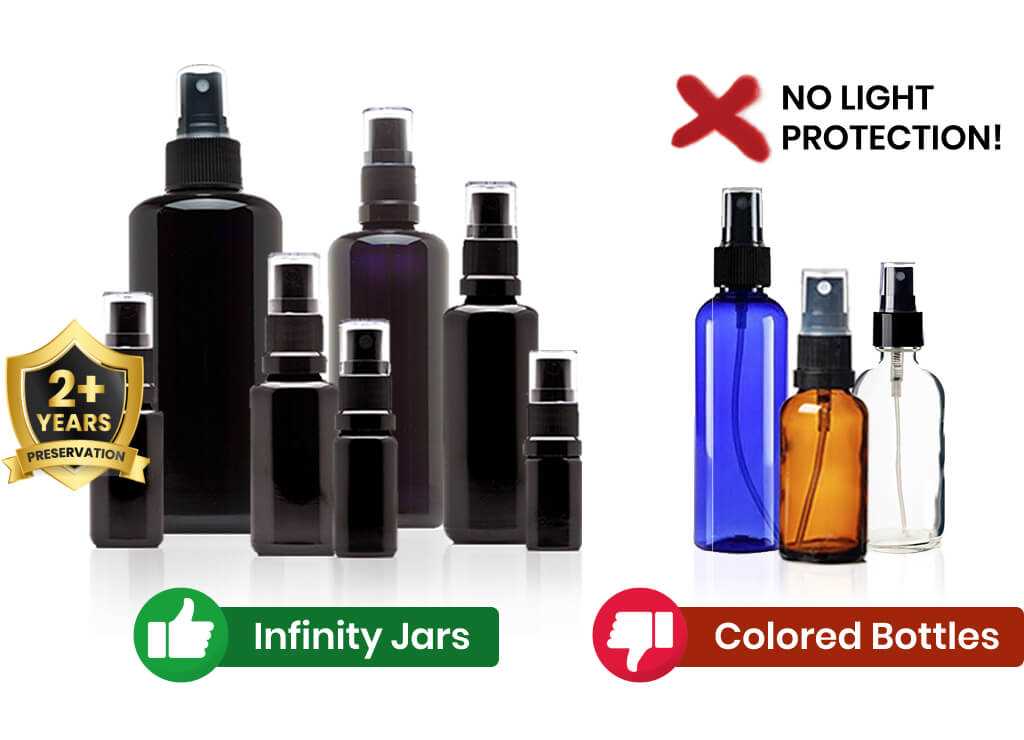
Regulations on pesticide use are not static and can evolve over time as new scientific information becomes available and as concerns about certain pesticides arise. Governments regularly review and update their regulations based on the latest research and risk assessments to ensure that the use of pesticides remains safe and sustainable.
Additionally, advancements in technology and the development of alternative pest control methods may lead to changes in regulations, such as the introduction of new pesticides or the promotion of integrated pest management practices that minimize reliance on chemical pesticides.
In conclusion, regulations and restrictions on pesticide use play a critical role in safeguarding human health, the environment, and non-target organisms. These regulatory measures aim to ensure the safe and responsible use of pesticides while minimizing the potential risks associated with their use.
Question-answer:
What are the benefits of using sprays?
Using sprays can provide several benefits, such as quick application, targeted treatment, and convenience. Sprays are easy to use and can cover a large area in a short amount of time. They can also be applied directly to specific areas or plants, reducing the risk of spreading chemicals where they are not needed. Additionally, sprays often come in portable containers, making them convenient for use in different locations.
What are the risks associated with using sprays?
While sprays can be effective, there are risks associated with their use. One of the main risks is potential harm to humans and animals if they come into contact with the sprayed chemicals. Some sprays contain toxic substances that can cause allergic reactions, respiratory problems, or other health issues. There is also a risk of environmental damage if the sprayed chemicals leach into soil or water sources. It is important to carefully consider the risks before using sprays and follow all safety precautions.
Are there alternative methods to sprays for pest control?
Yes, there are alternative methods to sprays for pest control. Some alternatives include natural repellents, physical barriers, and biological controls. Natural repellents, such as essential oils or plant-based products, can be effective in deterring pests. Physical barriers, like nets or fences, can prevent pests from reaching plants or crops. Biological controls involve using natural predators or parasites to control pest populations. These alternative methods may require more effort or time, but they can be safer and have fewer negative impacts on the environment.
Can sprays be harmful to beneficial insects?
Yes, sprays can be harmful to beneficial insects. Many sprays are not selective and can kill or harm both pests and beneficial insects. This can disrupt the natural balance of the ecosystem and lead to further pest problems. It is important to be cautious when using sprays and choose ones that specifically target the pests while minimizing harm to beneficial insects. Additionally, timing and application techniques can be important in reducing the impact on beneficial insects.
Do sprays have long-lasting effects?
The longevity of the effects of sprays can vary depending on the specific product and usage. Some sprays provide immediate results but have limited residual effects, meaning they may need to be reapplied frequently. Other sprays may have longer-lasting effects, providing protection for a longer period of time. It is important to follow the instructions on the product label and consider factors such as weather conditions and the severity of the pest problem when determining the need for reapplication.
Are there any natural sprays available?
Yes, there are natural sprays available as an alternative to chemical-based sprays. These natural sprays are often made from plant-based ingredients or essential oils and are considered organic or eco-friendly. They can be effective in controlling pests while minimizing harm to humans, animals, and the environment. However, it is still important to use natural sprays responsibly and follow the recommended application instructions.
Are there any restrictions on using sprays?
Yes, there may be restrictions on using sprays depending on the country, region, or specific product. Different countries or regions may have regulations in place concerning the use of certain chemicals or the application methods of sprays. It is important to check local regulations and follow any restrictions or guidelines provided by regulatory authorities. Additionally, some sprays may have specific instructions or restrictions for use on certain plants or crops.







